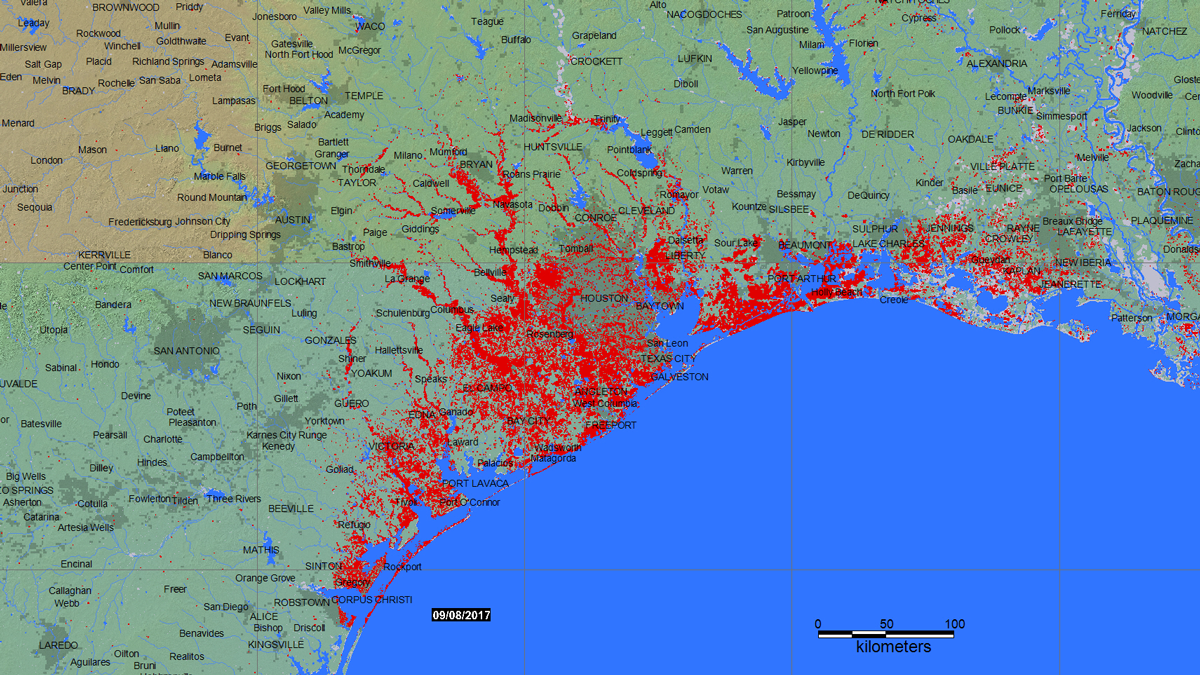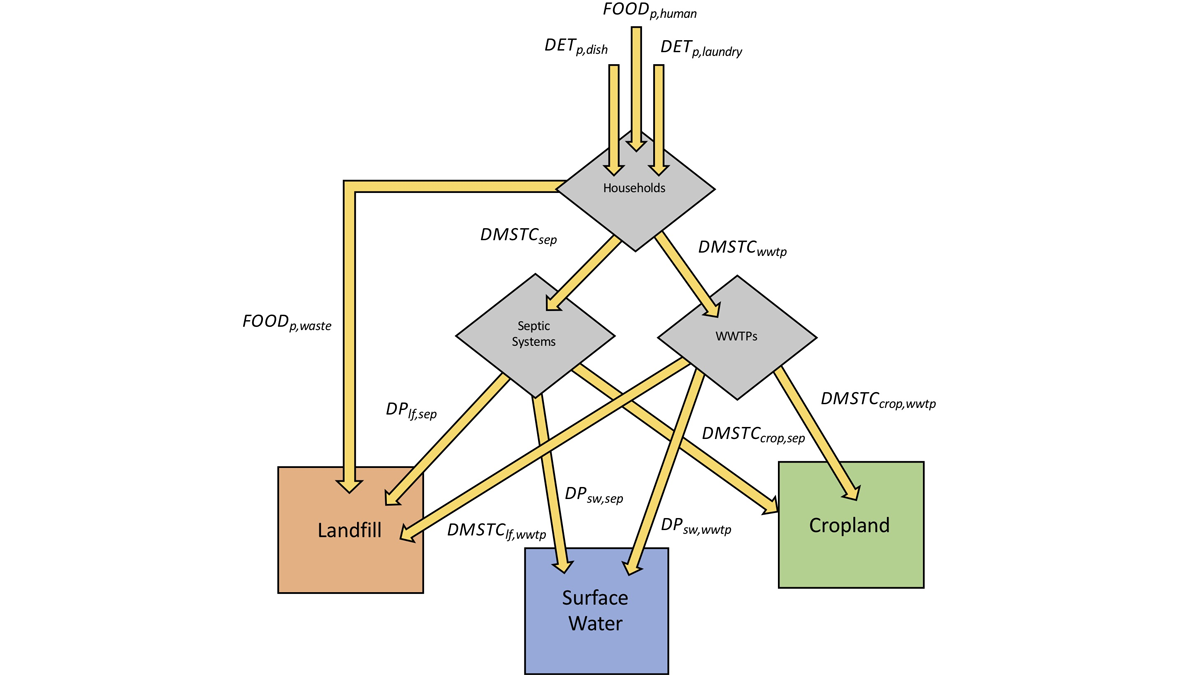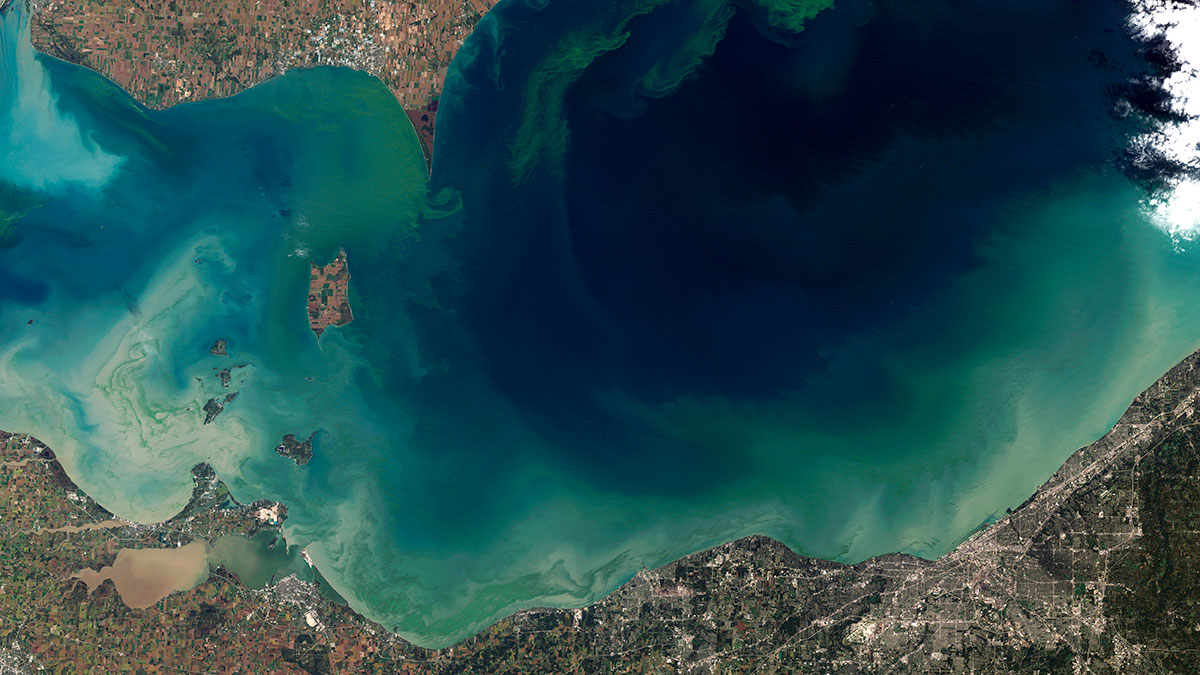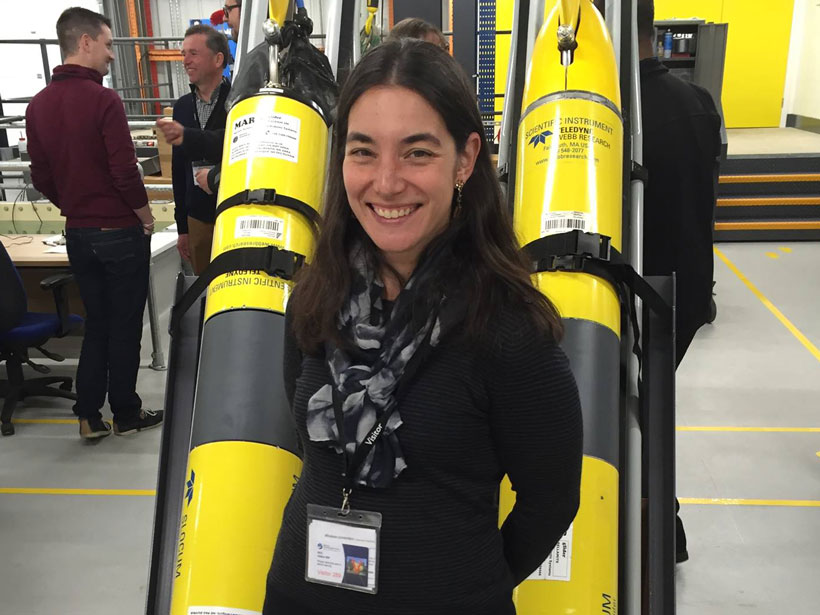Road salt is primarily to blame for the shift, though the water remains within safe levels for now.
Water quality
Field Kits Effectively Predict Arsenic Contamination
Field kits used in Bangladesh to test arsenic exposure from contaminated drinking water are effective in comparison to expensive laboratory arsenic tests.
Remote Sensing Could Predict Well Water Quality After Floods
After a flood, most people rely on officials to test public water sources. Private well owners are on their own, with little data to guide testing and treatment. New research seeks to change that.
Indigenous Communities Outline Their Climate Data Priorities
Native American tribal communities are actively engaged in adapting to climate change. What information and data will help them build resilience to the new normal?
Water Quality Policy Must Consider Stored Watershed Phosphorous
Phosphorous stored in watersheds and affects water quality for decades. A new model predicts phosphorus accumulation and depletion, and the consequences for water quality conservation measures.
A New Technique Could Identify Algae from Space
Some types of algal blooms produce dangerous toxins, while others are relatively harmless to humans.
New Standards Spur Water Utilities to Improve Compliance
Although American water utility companies take time to modify procedures and technologies in response to new quality requirements, ultimately it reduces the rate at which they violate standards.
New Contamination Concern for Colorado Streams
Abandoned hardrock mines and climate change cause metals and other elements to leach into streams. They also put rare earth elements into the water, a new study finds.
Jennifer Arrigo: Seeking Clean Water for Everyone
Science forges a partnership between academia and federal agencies.
Big Benefits from Experimental Watersheds
Scientific insights from the Agricultural Research Service’s long-term study sites underpin dozens of models and research methods that guide global land management and conservation practices.










